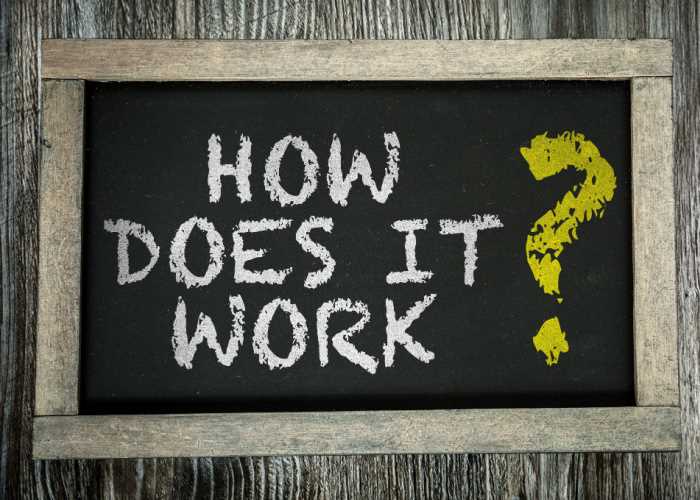Evaporative chillers offer an innovative approach to industrial process cooling, introducing increased efficiency and lessening environmental impact.
However, like any technology, evaporative chillers come with their own set of challenges.
Before we look at the pros and cons of this increasingly popular cooling method, here’s a quick overview of how the technology works.
Evaporative chillers function on the principle of evaporative cooling, a process that uses the heat-absorbing capacity of water during evaporation. Unlike conventional chillers that rely on refrigerants and mechanical systems, evaporative chillers leverage the natural cooling properties of water.

To better understand how evaporative chillers work, we can break down the technology into key parts and processes:
Wetted medium - evaporative chillers incorporate a wetted medium, typically made up of pads or panels. These materials are designed to retain water while allowing air to pass through.
Water circulation - water is continuously circulated over the wetted medium, saturating it with moisture. The wet medium serves as a surface for the air to interact with.
Airflow - industrial fans or blowers draw warm air from the industrial process through the wetted medium. As the air passes over the moist surface, water evaporates, absorbing heat from the air in the process.
Cool air output - the now-cooled air is directed back into the industrial process, effectively reducing the overall temperature.
Because of the way they work, evaporative chillers offer some distinct advantages over air and water cooled chillers:
Energy efficiency - one of the main advantages of an evaporative chiller is that it consumes significantly less power compared to other traditional cooling systems. This can translate into substantial cost savings for industrial facilities.
Environmental sustainability - by eliminating or minimising the use of refrigerants, evaporative chillers contribute to sustainability efforts. Additionally, the water used can come from non-potable or recycled sources, further reducing environmental impact.
Flexibility in applications - evaporative cooling is versatile and finds applications in various industries. From data centres to manufacturing facilities, evaporative chillers can efficiently dissipate heat in a range of settings.
Improved indoor air quality - unlike some traditional cooling systems that recirculate the same air, evaporative cooling brings in fresh air from outside. This can contribute to better indoor air quality, creating a healthier work environment.
Despite their advantages, there are some drawbacks to evaporative chillers which need to be taken into account when considering this type of cooling method:
Humidity dependency - in humid conditions, where the air already contains a significant amount of moisture, the evaporation process becomes less efficient. This can limit the chiller's cooling capacity, making it less effective in certain climates.
Water consumption - while they’re more water-efficient than some traditional cooling systems, the need for a consistent water source can be a drawback in areas facing water scarcity or strict water usage regulations. Regular water quality checks and treatment may also be necessary.
Maintenance requirements - over time, mineral deposits can accumulate on the surface of the wetted medium, reducing the effectiveness of the evaporation process. Regular cleaning and upkeep are essential to prevent efficiency degradation and maintain the system's longevity.

While the UK's temperate climate may not be as conducive to evaporative cooling as hot and arid regions, these systems can still find applications in specific industrial processes.
Industries such as data centres, manufacturing and power generation - all of which produce significant heat loads - can benefit from the energy-efficient nature of evaporative chillers.
Additionally, applications where humidity control is crucial, such as pharmaceutical production and laboratories, can leverage evaporative cooling for specific cooling needs.
Often, evaporative chillers are used in conjunction with traditional cooling methods to enhance overall efficiency. By combining evaporative cooling with conventional systems, businesses can achieve a balance that optimises energy usage and maintains cost-effectiveness, considering the varying temperature and humidity levels throughout the year.
